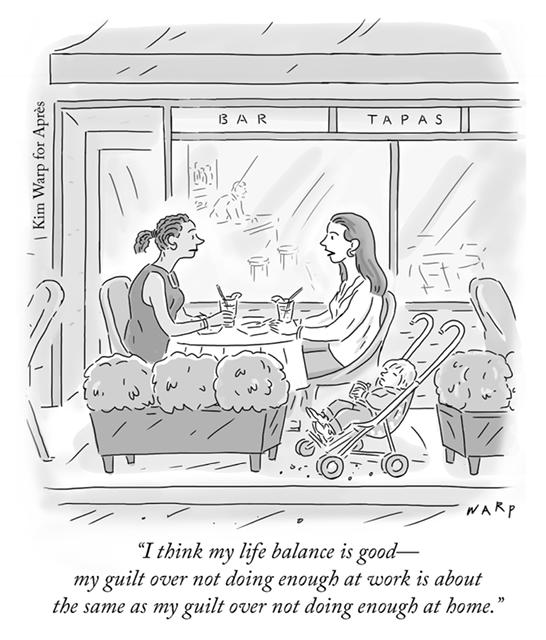My Students Hold Me Accountable: The Power of "Why Not?" and Rethinking How "No" Impacts Students' Learning Journeys

I love it when students keep me accountable. While I am trying my best to run a very student-centered, choice-based art studio, I am finding that I sometimes start to slide back into my teacher-centered ways. Letting go of control is harder than I expected and the classroom can quickly turn into a 3-ring circus where the teacher is the ringmaster commanding full attention rather than directing it towards the real stars of the show (students, aka, trapeze artists, clowns, contortionists, lions...). I mostly catch myself before it becomes the "Dana Show", but am also trying to train my students to let me know if I'm drifting in my purpose. From the beginning of last year, I shared with students a personal goal during their class periods: to talk less and let them work more! I have trained myself to be aware of when "the wiggles" set in and I've talked too long. I try to limit whole class discussions/reflections to 5 minutes maximum. I know the student...




